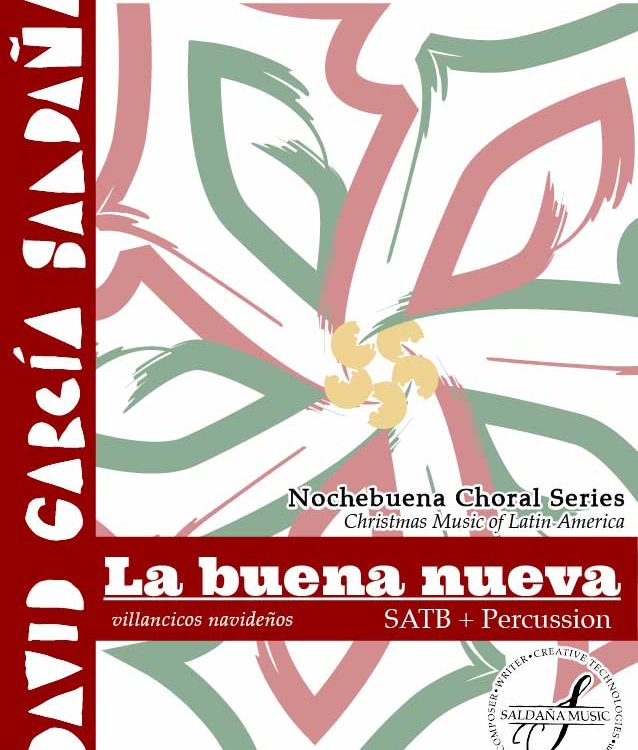$3.25
SATB a cappella + opt. Percussion. 2’40”
*Recording may vary from the most up-to-date score shown below.
Note: This is a digital score (PDF).
Minimum Order: Suggested 5.
*A paid invoice will be autogenerated after successful transaction.
The Puerto Rican aguinaldo originated as a poetic form in the 19th and 20th centuries. "A la media noche" is one setting of well-known verses in hexasyllabic form that centers around tellings of the Catholic nativity narrative. The Journal of American Folklore published collections of these aguinaldos in their 1918 publication, where several versions of these verses can be found. This setting is a plena, a style of music described as a periodico cantado or "sung newspaper" meant as a form of communication across the working class.
"A la media noche's" melody can be found in another very popular secular aguinaldo, "Si me dan pasteles," usually sung by children as they knock door to door asking for loose change to fund their holiday celebrations. Sung recordings of this tune by Aurora Calderón can be found as far back as the 1939 in the Library of Congress's digital archives. Both of these tunes have origins in the aguinaldo jíbaro song style, which the opening lines of each stanza refer to in the melody, and which cuatro puertorriqueño players (a stringed instrument similar to a guitar or ukelele) still learn to play, accompanied by plena rhythm on percussion. This arrangement of the aguinaldo utilizes onomatopoeia in the voices, as well as an Afro-Cuban clave rhythm not present in the original melody.
| Forces | SATB, Clave/Woodblock (Optional), Güiro/Shaker (Optional), Conga Drum (Optional), Piano Reduction |
|---|---|
| Text | A la media noche al rigor del hielo |
| Translation | At the stroke of midnight, in the icy night, |


